UIDAI Aadhaar – Check Aadhaar Card Online – UIDAI Aadhar Update
UIDAI was Established on 12 July 2016 by the Indian government under the Planning Commission with the aim of issuing a unique and different identity number to all residents of India, the aadhaar project of India is the world’s biggest biometric identification system that provides various e-governance and digital services. Also Read About Uidai Aadhaar Services
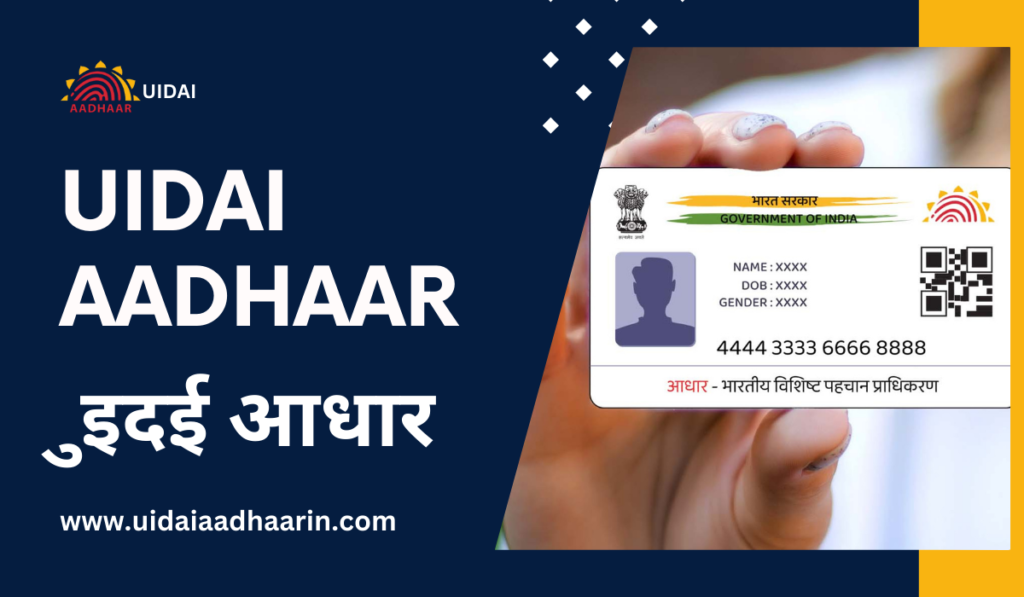
UIDAI Aadhar Update
To update your Aadhaar card, follow these steps:
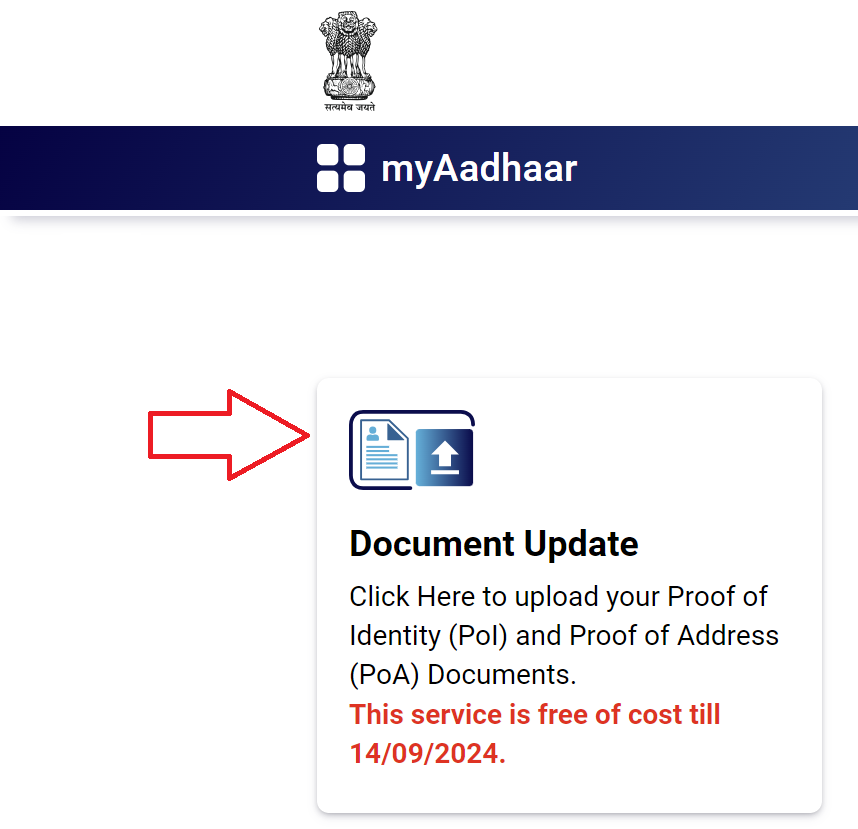
Important Note: If you wish to update your Aadhaar card for free, you must do so by 14 September 2024 on the myAadhaar portal. After that date, you will have to pay a fee to update your proof of identity and address documents. This service was initially provided free of charge online until March 2024, then extended to June 2024, then to September 2024.
UIDAI Aadhaar Login
People who are interested in logging into their UIDAI account and using the online facilities provided by UIDAI to ease their lives can follow the steps below. Here is a guide to following these steps.
Several Aadhaar-related services can be accessed online using the steps below:
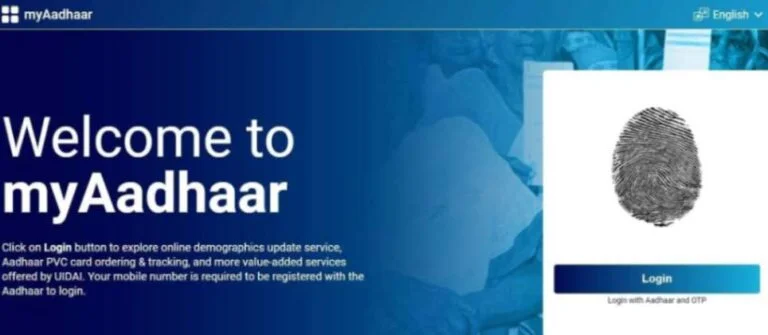
If you follow these steps, you will be able to log into your Aadhaar Dashboard, where you can access bank seeding, PVC orders, and other services.
UIDAI Aadhar Card Download Online
How do you download your Aadhar card step by step?
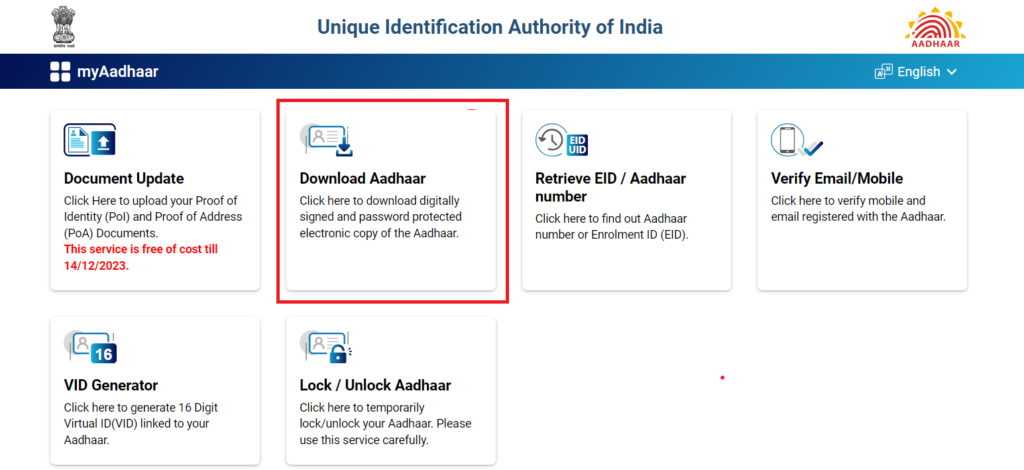
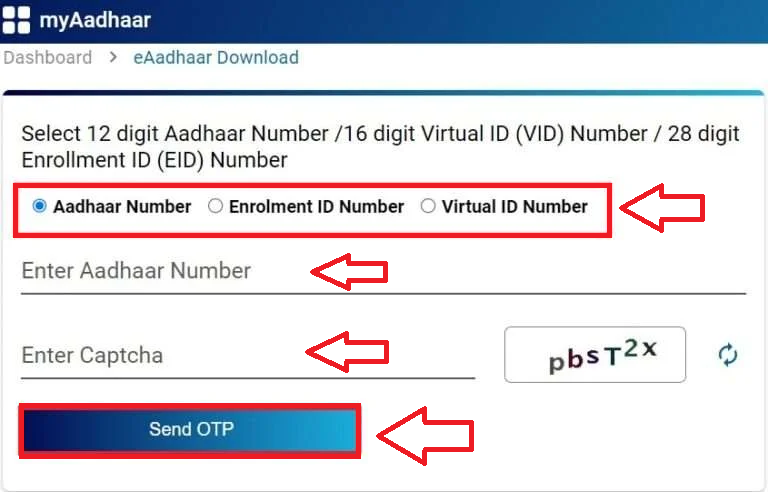
For Example: If the name is Jamaal Yadav and the DOB is 28/02/2000, then the password for e-Aadhaar will be “JAMA2000“.
Check Aadhaar Status Online
To check the status of your Aadhaar card, follow these steps:
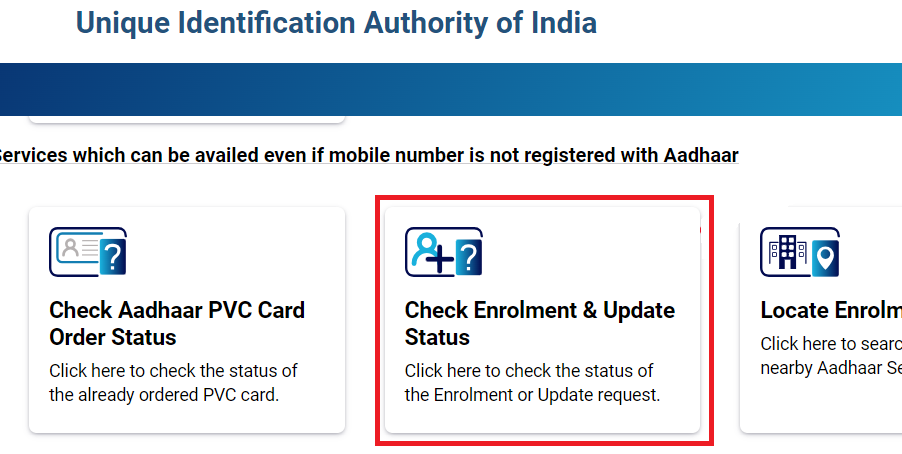
Important Note: You can retrieve your Aadhaar card if you’ve lost it by visiting the Retrieve EID / Aadhaar Number page on the UIDAI website.
Update Your Uidai Aadhaar Details, Including the Mobile Number, Address, and Date of Birth
To change/update your Aadhaar card details including name, date of birth, gender, mobile number, e-mail ID, address, and biometric (photo/iris/fingerprint), you must first schedule an appointment online and then visit an Aadhaar Seva Kendra on the selected date and time.
Booking an appointment at your nearest Aadhaar Seva Kendra can be done through the UIDAI website (uidai.gov.in). There is a charge of Rs. 50 per appointment.
Following are the steps to book an appointment at an Aadhaar Seva Kendra near you:

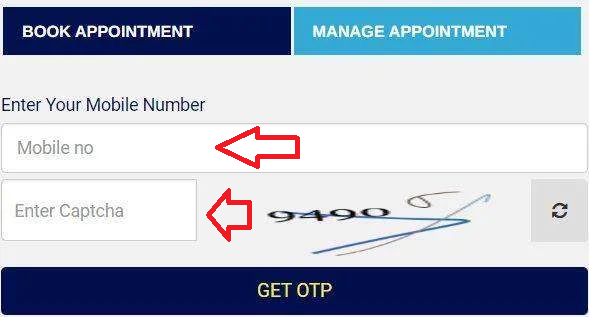

Note: An individual can update the following details on its Aadhaar card:

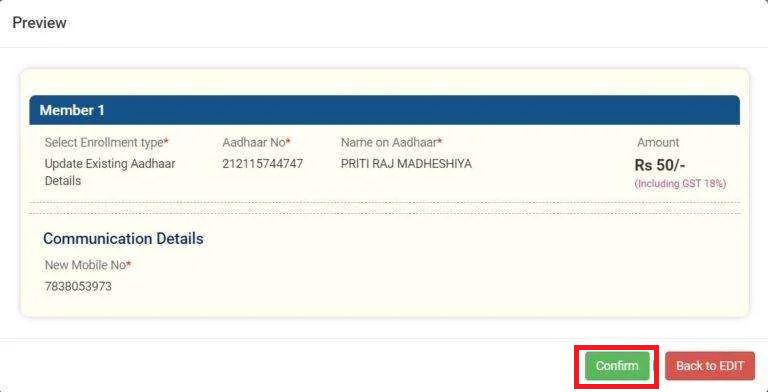

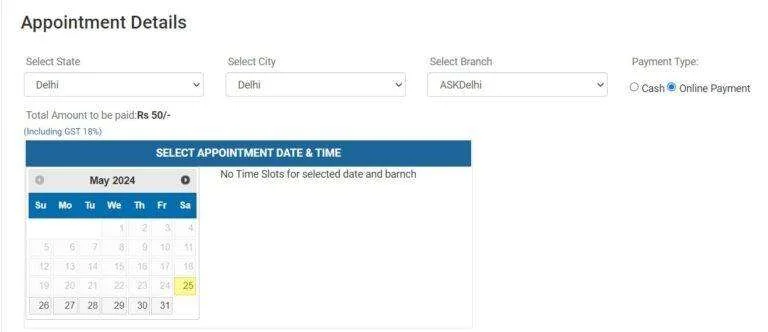
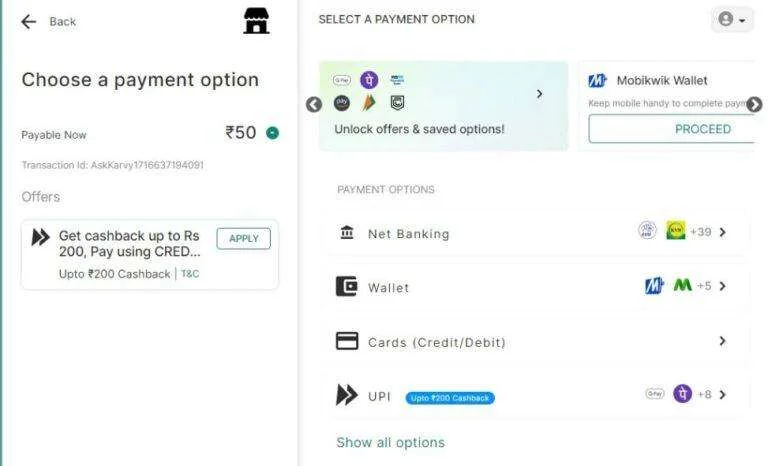
Aadhar Card Fee List for Different Services Provided by Aadhaar Seva Kendra/ Aadhaar Enrolment Centre
| SERVICE | CHARGES |
|---|---|
| Aadhaar Enrolment or New Aadhaar | Free |
| Mandatory Biometric Update check for age group | |
| 05 to <07 years | Free |
| 07 to <15 years | Chargeable (Rs 100) |
| 15 to <17 years | Free |
| > 17 years | Chargeable (Rs 100) |
| Biometric Update with or without Demographic Update | Rs 100 |
| Demographic/Address Update | Rs 50 |
| e-Aadhaar download and color print on A4 Sheet | Rs 30 |
| Charges for Home Enrolment Services | Rs 700 |
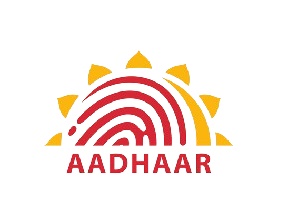
What is UIDAI Aadhaar?
The UIDAI was created to issue Unique Identification Numbers (UIDs), called “Aadhaars”, to all citizens of India:
Identifying duplicates and fakes
Verification and authentication can be done quickly and easily
What is Aadhaar Number?
Aadhaar is a 12-digit unique identity number assigned to each Indian citizen. It is based on biometrics, including fingerprints, iris scans, and a picture.
Unique Identification Authority of India (UIDAI) manages the world’s largest biometric ID system, Aadhaar, which is used for identification, banking, and various government services.
Documents Required for UIDAI Aadhaar Card Update
UIDAI accepts these documents as proof of the validity of the requested changes and that there are no suspicions of identity theft or fraud associated with the changes. The documents are as follows:
Documents for Children up to 5 Years of Age
The UIDAI has provided a list of acceptable documents that must be submitted in order to get a new Aadhaar or update your existing Aadhaar. The documents are described below.
Head of Family (HoF) based Enrolment
We must first understand what Head of Family Based Enrolment is before we can understand the document required to update Aadhaar through it.
Head of Family (HoF)-based online Aadhaar updates assist family members who may not possess supporting documents in their own name, such as children, spouses, parents, etc., to update their address on their Aadhaar cards.
Here is the list of acceptable documents for the Head of Family-Based Enrollment.
| Documents | Proof of Relationship | Proof of Date of Birth |
|---|---|---|
| Birth Certificate | ✔ | ✔ |
| Indian Passport (for NRIs) | ✔ | ✔ |
| Legal Guardianship Document | ✔ | X |
Document-Based Enrolment
| Document | Proof of Identity | Proof of Address |
|---|---|---|
| Certificate from Shelter Home/Orphanage | ✔ | ✔ |
Documents for Individuals 5 Years and Above
The UIDAI accepts the following documents as proof of identity, proof of address, proof of relationship, and proof of date of birth for individuals of 5 years and over for the update of Aadhaar. Below is a list of acceptable documents for updating Aadhaar by UIDAI.
| Document | Proof of Identity | Proof of Address | Proof of Relationship | Proof of Date of Birth |
|---|---|---|---|---|
| Indian Passport | ✔ | ✔ | ✔ | ✔ |
| PAN Card | ✔ | X | X | X |
| Ration/PDS Card | ✔ | ✔ | ✔ | X |
| Voter ID Card | ✔ | ✔ | X | X |
| Driving License | ✔ | X | X | X |
| Govt. Issued Photo ID Card | ✔ | X | X | ✔ |
| Pension/Freedom Fighter Card | ✔ | X | ✔ | ✔ |
| CGHS/ESIC Card | ✔ | X | X | X |
| Disability Certificate | ✔ | ✔ | X | X |
| Domicile/Job Card | ✔ | ✔ | ✔ | X |
| Caste Certificate | ✔ | ✔ | ✔ | X |
| Educational Certificate | ✔ | X | ✔ | ✔ |
| Bank Passbook | ✔ | ✔ | X | X |
| Transgender Certificate | ✔ | ✔ | ✔ | ✔ |
| Utility Bills (< 3 months) | X | ✔ | X | X |
| Rent/Lease Agreement | X | ✔ | X | X |
| Birth Certificate | X | X | ✔ | ✔ |
| Family Entitlement Document | X | X | ✔ | X |
| Prison Induction Document | ✔ | ✔ | X | X |
| Legal Guardianship Document | X | X | ✔ | X |
Documents for Foreign Nationals
The following list of documents are required for foreign nationals to update their Proof of Identity and Proof of Address details:
| Document | Proof of Identity | Proof of Address |
|---|---|---|
| OCI Card + Foreign Passport | ✔ | X |
| LTV + Foreign Passport | ✔ | ✔ |
| Passport of Nepal/Bhutan | ✔ | X |
| Visa + Foreign Passport | ✔ | X |
| FRRO/FRO Registration Certificate | X | ✔ |
Security Issues and Data Leaks
Several instances of Aadhaar data leak have been reported, exposing the personal information of millions of individuals. Aadhaar has faced significant scrutiny for data security and privacy.
In light of these leaks, concerns should be raised about the robustness of the data protection measures in place as well as the potential for widespread privacy violations.
It is argued that the centralized nature of the Aadhaar database makes it a high-value target for cyber-attacks and unauthorized access.
Precautions
Approximately 7,000 servers manage and protect the UIDAI’s vast amount of data, which is stored in its data centers in Manesar and Bengaluru.
With Aadhaar numbers, UIDAI has endeavored to eliminate duplicate and fake identities and to verify and authenticate them in a cost-effective manner, anywhere and anytime.
In addition to contributing significantly to India’s digital infrastructure, the UIDAI plays a crucial role in improving service delivery and transparency at the national level.
Benefits Of UIDAI Aadhaar
| Benefits | Details |
|---|---|
| Identification | This system provides an individual with a unique 12-digit number based on their biometric information, serving as a universal identity proof throughout India. |
| Direct Benefit Transfer (DBT) | Government subsidies and benefits are directly transferred to the correct beneficiary’s bank account with Aadhaar, reducing fraud. |
| Insurance | By using Aadhaar, insurance applicants can complete KYC faster, reduce paperwork and fraud, and access insurance more easily. |
| Bank Account | By providing a comprehensive KYC document, Aadhaar simplifies the process of opening a bank account, promoting financial inclusion. |
Concerns and Criticism
Aadhaar has many advantages, but it is also subject to certain criticisms and concerns, which are discussed below.
Fraud
In spite of Aadhaar’s design to prevent identity fraud, there have been instances where the system was manipulated. Fraudulent activities have included creating fake Aadhaar numbers and misusing biometric information.
Identity theft and financial fraud are potentially enabled by these incidents, according to Aadhaar’s critics. It has been raised that Aadhaar data can be misused easily to open bank accounts and obtain SIM cards, posing financial and personal security risks to individuals.
Key Functions and Responsibilities
| Key Features | Details |
|---|---|
| Issuance of UID Numbers | Indian residents are assigned unique Aadhaar numbers based on their demographic and biometric information by the UIDAI. All biometric and demographic data collected by the authority is securely stored in a centralized database. |
| Policy and Protocol Development | The UIDAI issues Aadhaar numbers, updates resident information, and authenticates holders of Aadhaar cards. |
| Interlinking with Partner Databases | Aadhaar numbers are linked with partner databases to streamline and secure the delivery of services. |
| User Authentication | In order to facilitate the provision of services, UIDAI provides various agencies with an online platform that allows them to authenticate Aadhaar holders as part of the authentication process. |
UIDAI Aadhaar Contact Details
FAQs About UIDAI Aadhaar
Conclusion
The Aadhaar project, launched by the Indian government and managed by the UIDAI, is the world’s largest biometric identification system. Established on 12 July 2016, it provides a unique identity number to all residents of India, facilitating access to various e-governance and digital services, thereby improving service delivery and transparency across the nation.
